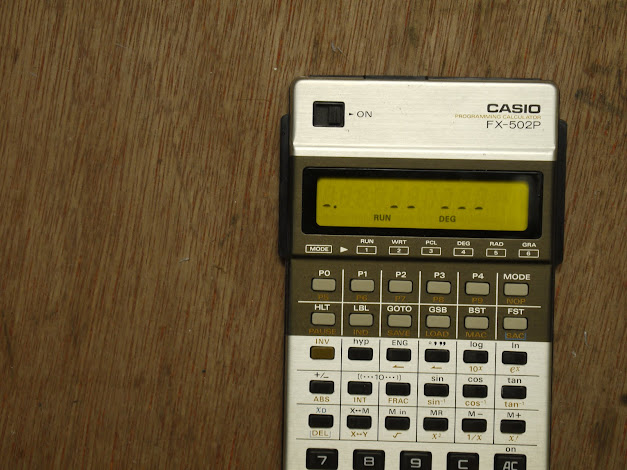Novena Laptop Fix
I got a Novena laptop from Crowd Supply several years ago.
I didn't use it too much and that probably contributed to the batteries not being charged enough to maintain good health. That lead to some magic smoke being released from the battery charger PCB. It looks OK in this photo, but it's not.
The laptop was dead at that point. Being open hardware, though, means that I have all the schematics, gerbers and firmware for the system, so it should be fixable.
I decided to change the Novena to a desktop system, so I removed the battery charger PCB and tried powering from the power socket that is on the main PCB. That seemed to work, in that it powered the main PCB, but the LCD didn't come up and there seemed to be a configuration problem. The push button at the front of the machine also didn't work.
It turns out that to run the Novena as a desktop you need a different PCB where the Senoko PCB lives. It's called the 'Senoko pass through' PCB and the Gerbers are available. I had some made and populated a couple.
Once fitted in the Novena all was well and the power supply can now be turned on using the button on the front of the case.
The display still didn't work, though. After looking at the schematics I came to the conclusion that a high voltage had travelled down the I2C bus that the battery controller was on and had destroyed anything on there. That unfortunately included the LVDS to eDP video converter chip. Well, that's not too much of a problem as the chip is still available ( I bought a few) and the PCB gerbers are available as well. So I had a few of those made up and populated two of them.

This PCB was much harder to populate as the BOM wasn't online (I subsequently got a copy) and so some of the components I used weren't exactly the right footprint. The packages used by these components were also in the 'nasty to handsolder' category. I tried both PCBs and neither came up with a display on the LCD. Was it the layer stack up? Maybe as I just had the PCBs made using my usual cheap supplier and didn't pay any attention to layer stack up. Was it my soldering or the footprint problems? More likely. Either way I still had no LCD display. Did the LCD get blown up? That was possible, so I bought a second LCD panel and tried that.
No output on any eDP PCB.
I then noticed that you can buy cheap HDMI to eDP converter boards and got a couple of those. Attached to the HDMI port of the Novena and attached to the second LCD I had bought, we had output. The HDMI output still worked and I had verification that the LCD I had bought worked. having an HDMI cable running from the external connector into the case and through a converter PCB to the LCD was untidy though.
Could I have damaged the mainboard somehow and the LVDS was broken? Maybe, so I bought a new mainboard as they were on sale. I tried that and the same result. No LCD output.
After more searching online I found that you can buy LVDS to eDP converter PCBs that use the same chip that the Novena eDP board uses. I bought one of those and started to investigate wiring it up to the LCD and the Novena mainboard. It wasn't an easy job. Before I finished doing that (or actually, even started wiring), I remembered that I had some spare LVDS to eDP chips that I bought to populate the eDP PCBs. I could remove the chip from the eDP board I got with the Novena and put a new one on. That board wouldn't have the possible layer stack up problem or footprint/component problems of the boards I'd made from scratch. I swapped the chip and tried that. Still no luck. This wasn't looking good. I swapped the mainboards around and still no luck.
The debug serial port spits out information about the setup as the Novena boot sand I noticed that the LVDS to eDP chip was recognised but didn't get powered up. I fiddled with the EEPROM settings but still no display. The chip seemed fine though, so my swap seemed to be OK.
I then booted into recovery mode, I can't remember why now, probably as it was another option to investigate the disabling of the LCD. I had the Novena facing me (the case opens in the opposite way to a normal laptop), so the LCD was facing away from me. As I booted I suddenly noticed that there was a reflection of the LCD on the screen of my logic analyser. the LCD had started up!
This was good news, but why was it on now? The only thing I could think of was that the disabling of the LCD was now a software problem, the hardware was functioning. Normal boot on the mainboard I had in the Novena was disabling the LCD for some reason. Which main board was I using? Well, it was the new one that I had bought, and that was part of a 'just the board' kit, so it may not have been configured for an LCD, rather to run as a server. I swapped the SD cards between mainboards and rebooted. The LCD worked fine. So maybe that theory was correct and my later problems after the chip swap were due to the SD card configuration. I've not found the setting for the LCD disable, partly due to taking a break after all the kerfuffle.

























